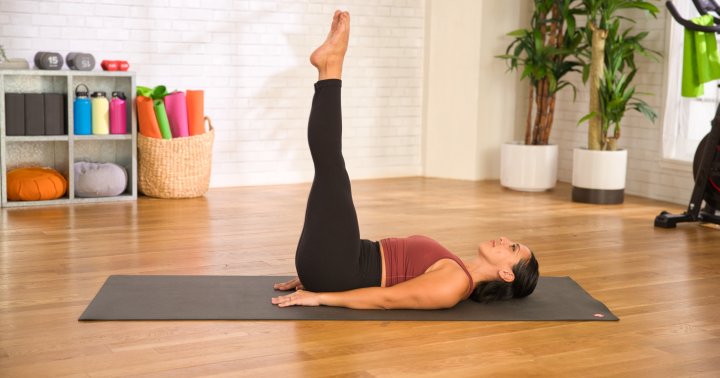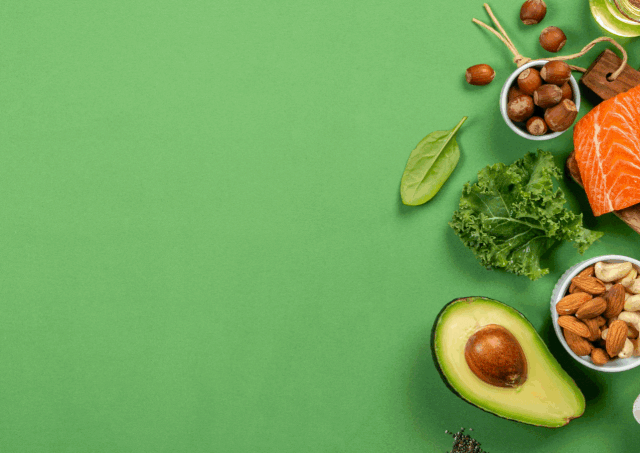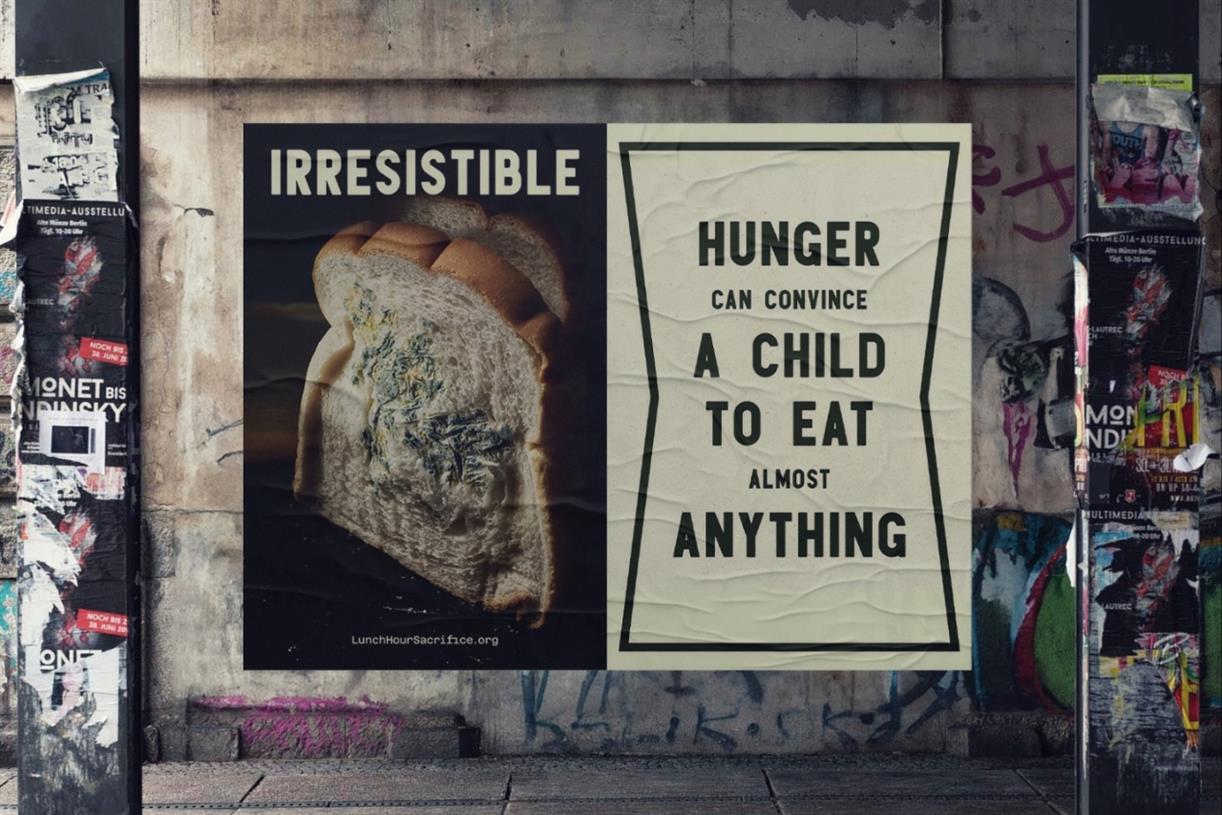Negative Space – create more emptiness in your life
Imagine a shelf jam-packed with books, photo frames and a dozen knick-knacks, including a decorative egg. Now picture the same shelf holding nothing but that priceless jewel-encrusted Fabergé egg. This is the power of negative space. A key term...


Imagine a shelf jam-packed with books, photo frames and a dozen knick-knacks, including a decorative egg. Now picture the same shelf holding nothing but that priceless jewel-encrusted Fabergé egg. This is the power of negative space.
A key term used in artistic composition, negative space describes the empty space around and between an object or image. In painting, drawing, photography, sculpture and cinematography, this intentionally-empty space keeps the focus on the subject and establishes symmetry, rhythm and balance.
The concept of negative space is applied to interior design to denote the space between furniture and around accessories. In music, it’s the space between the notes that creates the song. Actors and public speakers understand the power of pauses between their words and actions. Graphic designers, writers, dancers and athletes all use concepts of negative space to enhance their effectiveness.
The Japanese have a word, or character, that means gap, space or pause. Ma refers to the empty space that holds as much importance as the subject of a composition. The concept of ma is applied to displaying objects, garden design and flower arranging. In ikebana, the space around the flowers is considered as important as the flowers themselves.
More recently, white space has come to mean a mental pause from work and other commitments. This type of white space is free time to empty the mind and let it wander in whatever direction it wants. It’s an hour or two to mentally rest and naturally think creatively about the big picture.
How can we apply the concept of negative space, white space or ma to our own lives? Here are just a few places where we can intentionally create some wonderfully empty space:
*Living Areas – Remove something to create more space.
*Storage Spaces – Give drawers, cabinets, and shelves some breathing room.
*Activities – Stop the glorification of busy.
*Conversation – Get comfortable with the pauses.
*Walls – Don’t be afraid of blank space.
*Clothing and Accessories – Less is more.
*Calendar – Say no more often.
*Tummy – Allow yourself to get hungry.
*Relationships – Spend the most time with the ones you love most.
*Shopping – Have “no spend” days.
*Noise – Listen to the sounds of silence.
*Goals – Relish in what you’ve already accomplished.
*Mind – Take a break from technology and media.
Our lives can become like that valuable Fabergé egg lost on a shelf filled with too many things. The intentional use of negative space brings it into focus so its beauty can be seen. It’s that empty space that allows us to truly notice, appreciate and enjoy the fullness of our lives.
***
About the Author: Alicia Woodward is a retired teacher who writes a blog and weekly newspaper column called The Simple Swan. She explores, experiments and writes about simplicity as the key to holistic wellbeing.

 BigThink
BigThink 
































